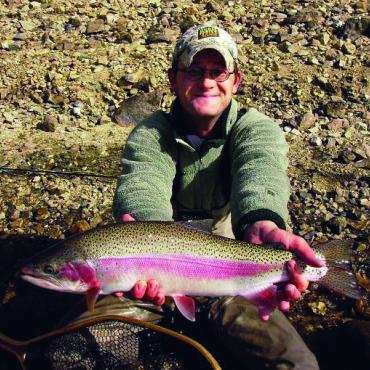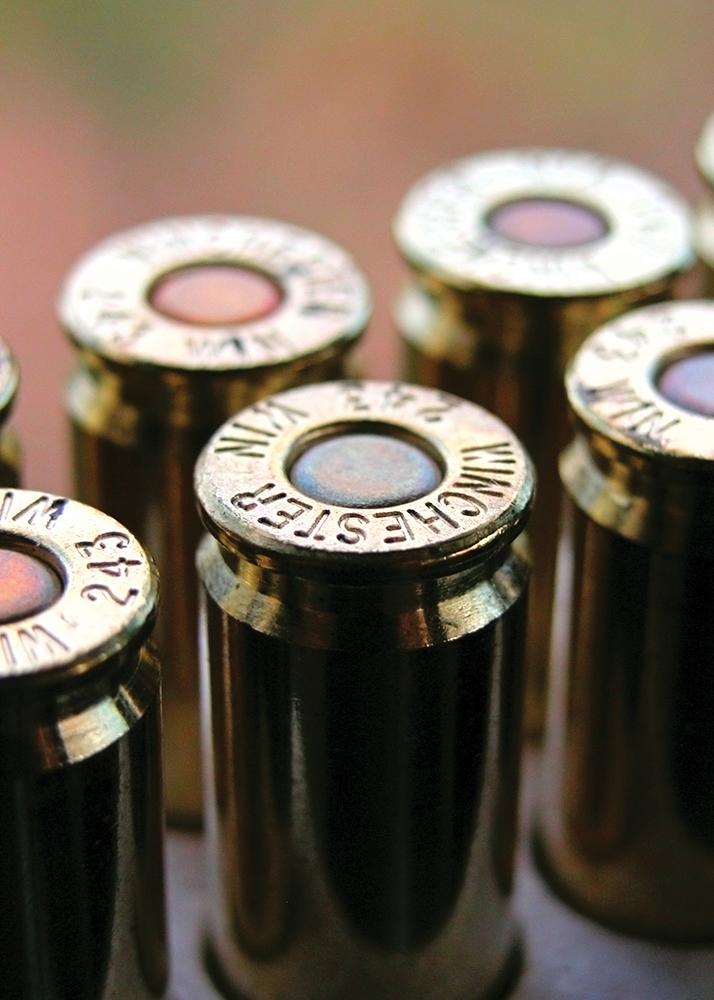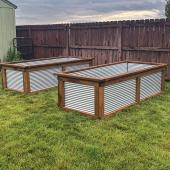Bullet Fever
Choosing your rounds this year.
Modern firearm hunters are blessed with more caliber options, bullet types, and specific loads than at any point in history. However, last year threw a monkey wrench into what types of rounds are readily available for purchase. Hopefully, you have a couple of boxes in the garage: one for the range, and one for the field. I will not dive deep into caliber selection, or rifle type at this point. Every year, gun-geeks pen volumes on the latest and greatest rifles for the upcoming season. Like past presidential elections, the pandemic created interesting repercussions in the world of ammo. Many new rifles are readily available if you are beginning hunter, or in the market for a new gun. Ammo, on the other hand, is harder to come by.
Price
When it comes to hunting rounds, you will get exactly what you pay for. Many hunters and shooters will “plink” or target-shoot with cheaper bulk ammo rather than premium rounds. Be careful with any bulk ammo. Much of it is reloaded with brass that has already been shot multiple times. Carefully inspect each round for blemishes, abnormalities, and metal fatigue. A poorly-prepared round can cause damage to rifle actions, barrels, the firing mechanism, and in worst-case scenarios, blow up your rifle—possibly causing serious injury or even death. This year, ammo prices are excessive, and supply is scarce. Consider investing in a laser bore-sighter. These gadgets are great for roughly tuning your rifle, which will save time and money at the range.
Manufacturer
Many gun manufacturers also make the ammo for their weapons. A few of the higher-end companies are the only ammo producers tailor-made for their rifles. These companies have a lot invested in the performance of both their firearms and their rounds. Straight-shooting rifles make for a good business model. If you are shooting a run-of-the-mill rifle, in a common caliber, stick with a trusted, proven brand. Never put your money on unproven or untested ammo. A missed shot—or even worse, a wounded animal—could be the result.
Hand-Loaded vs. Factory
Hand-loading is as much a precise art form as it is a science. Never trust a round that has been “whipped-up” by your buddy or neighbor. Also, exercise extreme caution with “hot” loads if directions and recipes for hand-loading are not followed to the letter; the outcome could be a damaged rifle, or even a dead shooter.
Shortages & Demand
In the spring of 2020, it seemed that along with wiping their butts, everyone was shooting a lot. Or at least stocking up to be. Supply-chain issues, panic-buying, hoarding, and a groundswell of new hunters and shooters were all contributing factors to the current ammo shortage. It will take a while for ammo supplies to get back to normal. In the meantime, only buy what you’ll need, and practice shooting with a goal of quality shots rather than number of rounds fired. Also, consider wildcat, or odd-ball, rifles (303 British, anyone?). Some of these calibers are proven performers in the field, but never received the press or public interest to make them popular. When choosing a caliber, or new type of ammo, arm yourself with trusted information. Never be afraid or embarrassed to consult with firearms, hunting, or shooting experts. Choosing the right round for the way you shoot and the purpose for which it was intended will lead to more effective and productive hunting down the road.
Copper Kings
Lead-bullet fragments left behind in harvested game are killing bald and golden eagles and are poisonous to hunters and their families. Lead bullets shed as much as 30% of their mass as they pass through wild game. There is no “cutting around it” by trimming the visible wound channel or picking it out shard by shard. These pepper-flake-sized fragments can end up as far as 20 inches from the wound channel. Fragments that I sure don’t want to risk feeding to my family and you probably don’t either.
Thankfully, copper bullets eliminate this risk. They come in a wide variety of calibers suitable for harvesting everything from varmints to bison and maintain more than 95% of their mass. Copper ammo is safe and affordable and is no longer a small niche in the commercial ammunition market. I find that the performance of copper is indistinguishable from my old lead ammo. It may even be better.
Buying a new rifle? Look at the online ballistics charts and find three or four copper-ammo choices that pair nicely with your rifle and intended quarry. Every gun will perform differently, be it with copper or lead spiraling out of the barrel, so expect a little trial-and-error before you settle on the tack-driving rifle/ammo combo that will fill your freezer.
Don’t see the copper ammo you seek on local sporting goods store shelves? Let the manager know. If enough people ask, we’ll see a steady progression of non-toxic alternatives into the mainstream over the next five years. In the meantime, order online.
For more info on lead-free hunting visit nonleadpartnership.org. —John Cataldo













